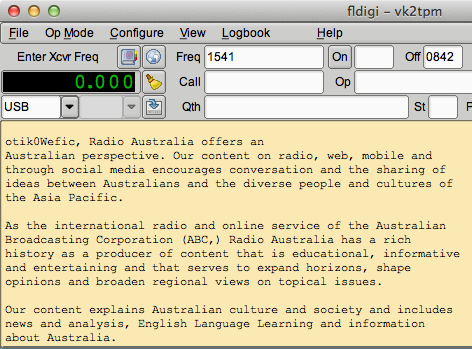Gracious with his time, Peter brought along a number of recent projects including the famous "Beach 40" and a new fixed frequency SSB transceiver he dubbed the "knobless wonder" that has been recently completed.
Peter works in the public transport industry, (may I say how impressed I am with the Melbourne MyKi system), his knowledge of the network is impressive.
We talked of many things including cross-overs between amateur radio and public transport including Tony Sanderson, VK3AML, and the videos made by Dave VK3ASE of the Glenhuntly station crossing.
Peter is a self-taught radio electronics engineer who is performing a great service to all would-be home brew designers.
Here's some previews of the "Knobless Wonder":
Nice crystal filter array there.
Thanks Peter for your time and generousity. Keep up the great work!
Update
Thanks to Bill of Soldersmoke for the mention.
Good news: Peter has updated the Knobless Wonder circuit and published a video here:
The circuit is here.












.jpg)



